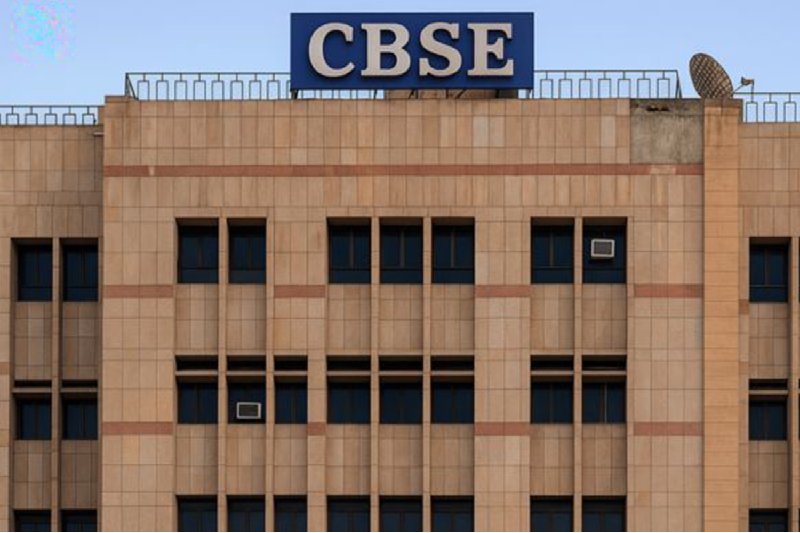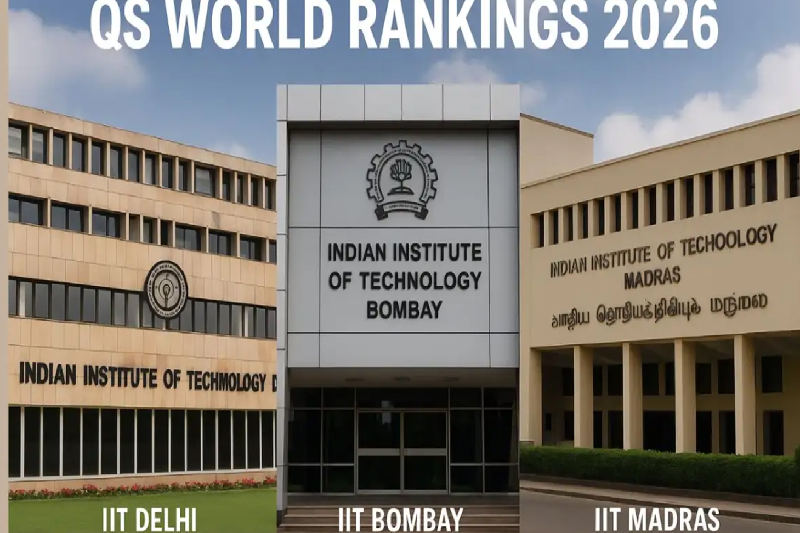
CBSE Opens Recruitment for Teaching and Non-Teaching Posts in KVS & NVS: Everything You Need to Know
The Central Board of Secondary Education (CBSE) has officially announced the launch of its recruitment process for a wide range of teaching and non-teaching positions across Kendriya Vidyalaya Sangathan (KVS) and Navodaya Vidyalaya Samiti (NVS). This major update opens new opportunities for eligible Indian citizens aspiring for central government school positions, particularly in institutions known for their nationwide presence, strong academic frameworks, and service to government employees’ children.
With online applications beginning on November 14, 2025, and closing on December 4, 2025, the recruitment drive has sparked significant interest among teaching professionals, administrative aspirants, and those keen on joining India’s expanding network of national-level schools.
Recruitment Overview: Direct Hiring for KVS & NVS
CBSE’s recruitment will take place on a direct basis, meaning no intermediaries or additional screening agencies will be involved. Aspirants must apply only through the official websites to receive accurate and updated information on posts, eligibility, and selection procedures.
Official portals include:
- CBSE: cbse.gov.in
- KVS: kvsangathan.nic.in
- NVS: navodaya.gov.in
CBSE has also stated that a detailed notification outlining the number of vacancies, educational qualifications, age criteria, exam pattern, and selection process will be released separately. This upcoming notification is expected to further clarify the distribution of roles across various school categories and administrative departments.
The recruitment spans a broad spectrum of job roles typically found in KVS and NVS, including:
- Post Graduate Teachers (PGTs)
- Trained Graduate Teachers (TGTs)
- Primary Teachers (PRTs)
- Principals and Vice Principals
- Librarians
- Lab Assistants
- Clerks, Accountants, and administrative staff
Why This Recruitment Drive Matters
KVS and NVS are two of the most prominent school networks in India, operating under the Ministry of Education. They play a crucial role in providing quality education, especially to the children of Central government employees, defence personnel, and students living in rural or underserved regions.
With India’s recent focus on modernising educational infrastructure, expanding teacher strength, and improving access to schooling in remote areas, this recruitment drive is expected to fill essential gaps and strengthen school operations nationwide.
Government Approves 57 New Kendriya Vidyalayas
A major development tied to this recruitment wave is the Union Cabinet’s approval of 57 new Kendriya Vidyalayas across 17 states and Union Territories. Chaired by Prime Minister Narendra Modi, the Cabinet Committee on Economic Affairs finalised this initiative with a vision to expand government schooling across regions that need it most.
These new KVs are expected to:
- Bring quality schooling closer to children of Central government staff posted in difficult terrains
- Strengthen educational access in aspirational districts
- Reach Left Wing Extremism (LWE)-affected regions
- Support communities living in hilly and northeastern areas
The project carries a significant budgetary allocation of ₹5,862.55 crore spread over nine years.
Infrastructure & Student Impact
Each of the 57 new Kendriya Vidyalayas will include pre-primary sections, signalling a stronger push towards early childhood education within the national school system. The expansion is projected to benefit over 86,000 students directly, while also contributing to long-term educational development in the targeted regions.
This addition comes on top of the existing 1,288 Kendriya Vidyalayas currently operating across India, further solidifying KVS as one of the largest school networks in the country.
A Closer Look: Decline in KV Admissions in Recent Years
While KVS continues to expand, a recent parliamentary update revealed a concerning trend—student admissions in Kendriya Vidyalayas have seen a noticeable decline over the past few academic years.
According to a written reply from the Ministry of Education’s Department of School Education and Literacy, data shows:
- 2020–21: 13,87,763 students enrolled
- 2024–25: 13,50,518 students enrolled
This marks a drop of 37,245 students, approximately 2.86%, across the nationwide KV network.
The inquiry was raised by Members of Parliament BK Parthasarathi (Telugu Desam Party) and Sudha R (Congress), seeking clarity on the changing patterns of student admissions.
Understanding the Drop in Enrollment
Several factors may be contributing to this decline:
- Increased competition from private schools in Tier I and Tier II cities
- Migration patterns of government employees
- Limited seat availability despite high demand
- Region-specific demographic shifts
It is important to note that admissions to KVs follow a structured centralised policy, prioritising:
- Children of Central government employees
- Defence personnel
- Other applicants, only if seats remain available
Thus, fluctuations in government workforce mobility and spatial distribution directly impact enrollment numbers.
KVS & NVS: Backbone of India’s National Schooling Network
Both Kendriya Vidyalaya Sangathan (KVS) and Navodaya Vidyalaya Samiti (NVS) operate autonomously under the Ministry of Education.
KVS Highlights
- All schools follow CBSE-affiliated curricula
- Use NCERT textbooks
- Emphasise uniformity in teaching, assessment, and student experience
- Cater primarily to a mobile government workforce
NVS Highlights
- Focus on rural talent through Jawahar Navodaya Vidyalayas
- Provide residential schooling with high-quality academics
- Enhance access to gifted rural students through entrance exams
Together, these systems serve millions of students across India, offering quality education irrespective of socioeconomic background.
What Aspirants Should Do Now
With the application window short and competitive, candidates are advised to:
- Frequently check the official websites
- Prepare documents such as certificates, ID proof, and photographs in advance
- Review previous CBSE recruitment notifications for exam formats
- Start preparing for written tests, skill tests, or interviews expected for various posts
Given the large-scale expansion of Kendriya Vidyalayas, this is one of the most significant teaching and administrative recruitment cycles in recent years.
Conclusion: A Key Opportunity in India’s Education Sector
The CBSE-driven recruitment for KVS and NVS marks a major moment for India’s education workforce. With the government investing heavily in expanding school infrastructure and strengthening national education systems, this initiative not only addresses current staffing needs but also sets the stage for long-term transformation.
Eligible applicants seeking stable, impactful, and growth-oriented careers in the school education sector should take advantage of this opportunity by applying within the prescribed dates and staying alert for CBSE’s detailed notification.



